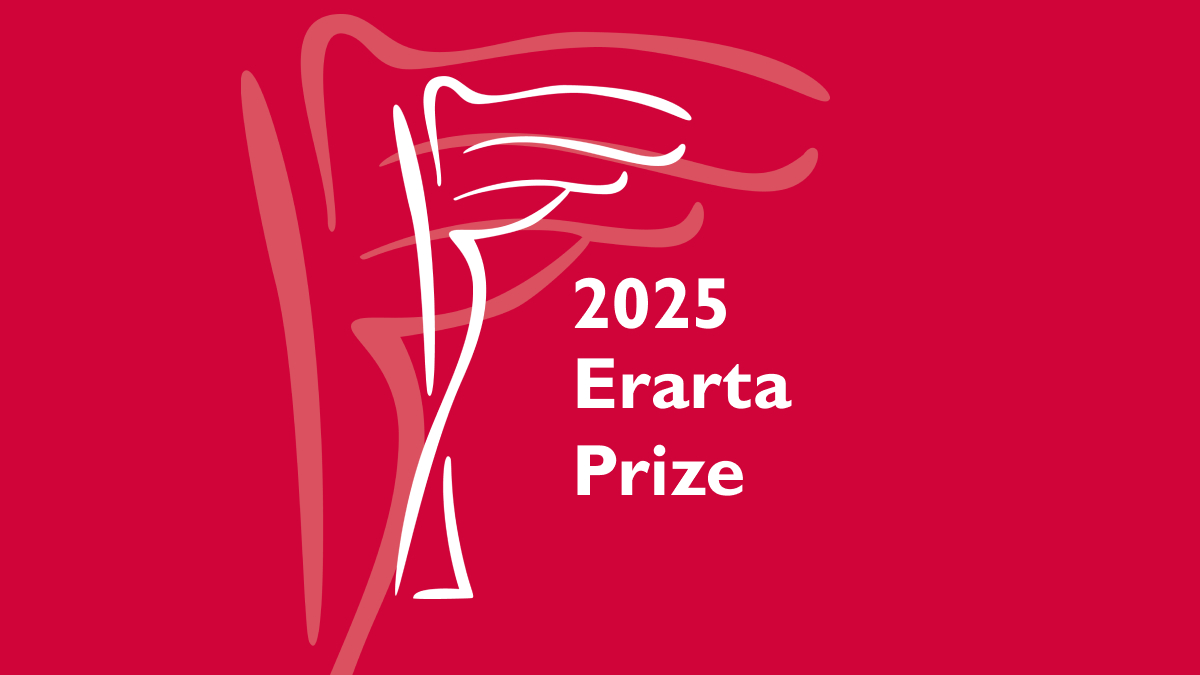Retrospective exhibition of underwear design organised by the Victoria and Albert Museum, London
-
Thrilling dive into the history of the most secret part of human wardrobe
-
Underwear of royalty and celebrities
-
Exploration of the "intimate" relationship between underwear, fashion and morality
-
Luxurious masterpieces by Agent Provocateur, Dolce & Gabbana, Alexander McQueen, Elie Saab and other world famous brands
The great retrospective exhibition of underwear design from the 18th century to the present day, which was carefully prepared by the curators of V&A, will reside in Erarta Museum of Contemporary Art in St. Petersburg for a few months.
The show will display more than 200 examples of underwear for men and women, highlighting the enduring themes of innovation and luxury, from the custom-made, such as a rare example of home-made ‘stays’ worn by a working woman in England in the 18th century to pieces by designers including Agent Provocateur, Stella McCartney, Elie Saab, Dolce&Gabbana, Vivienne Westwood, Calvin Klein, Givenchy and other world known brands.
Through elegant corsets, crinolines, boxer shorts, bras, hosiery, lingerie and loungewear the exhibition will tell the detailed history of underwear, exploring the "intimate" relationship between underwear and fashion, the role of underwear in formation of male and female images, and how designers have challenged accepted ideas about private and public, gender, sex and nudity.
The show will raise the vigorous debate about corsets and how to make them supportive and healthy. A restrictive whalebone and cotton corset with a waist under 19 inches in circumference will be displayed alongside x-rays and illustrations revealing the dramatic impact on the body of wearing such a garment. An austerity corset made from paper during World War One and a waist training corset, a slimming tool endorsed by celebrity figures such as Kim Kardashian, will also be on display.
The development of the bra will be traced throughout the 20th century: from a lace and satin bust bodice from 1910 to push up bras and innovative Spanx designs from 2010.
The importance of fit will be shown in a focus on men’s underwear that includes the packaging for a pair of David Beckham for H&M briefs from 2012 and a display figure for Y-front pants dating from the 1950s. These objects illustrate the way that underwear advertising often plays to the appeal of a youthful, fit, sexually attractive body.
Highlights will include floral embroidered stockings worn by Queen Alexandra; a sheer dress by Liza Bruce famously worn by Kate Moss; an exquisite negligée by Carine Gilson, like that worn by actress Bérénice Marlohe in the film Skyfall; and Antonio Beradi’s monochrome dress, worn by Gwyneth Paltrow, featuring a trompe l’oeil corset which reveals the underwear worn beneath.
The exhibition is curated by Edwina Ehrman, Curator of Textiles and Fashion at the V&A. She is a specialist in nineteenth century fashion and textiles and the history of London fashion.
After St. Petersburg Undressed: A Brief History of Underwear will continue on an international tour until the end of 2018. Don't miss your chance to such a unique show at the Erarta Museum from 29 April to 30 July.
* As per request of the Victoria and Albert Museum, photography and filming are prohibited in the exhibition area.
About the Victoria and Albert Museum, London
The V&A is the world's leading museum of art and design, with collections unrivaled in their scope and diversity. It was established to make works of art available to all and to inspire British designers and manufacturers. Today, the V&A's collections, which span over 2,000 years of human creativity in virtually every medium and from many parts of the world, continue to intrigue, inspire and inform.
|
Organized by |
|
|
|
|
Information partners: |
|





















